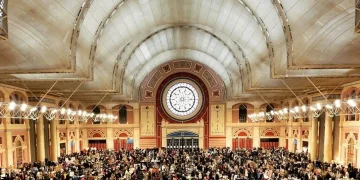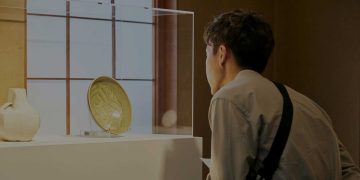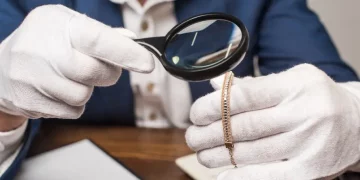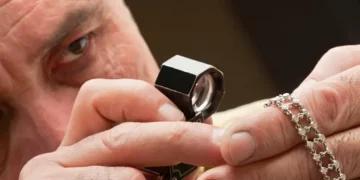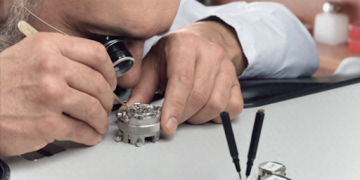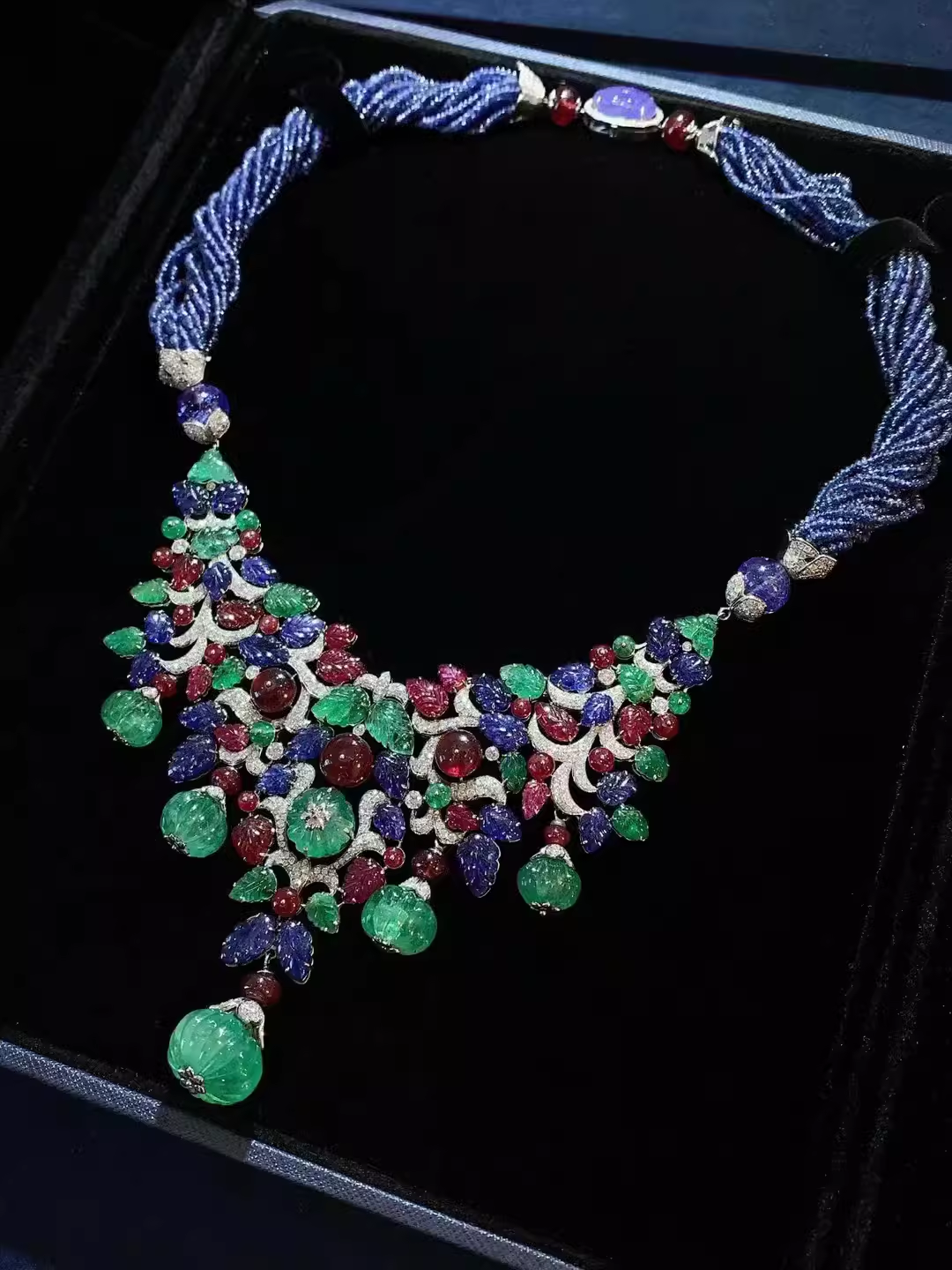Collecting rare and valuable items is not only about acquiring them, but also about preserving them for future generations. Whether you’re a collector of fine art, rare books, vintage cars, or antique furniture, the longevity of your prized possessions depends largely on how they are stored and protected from environmental factors. Over time, even the most durable items can degrade if exposed to the wrong conditions, leading to loss in value, condition, and even authenticity.
Understanding the science of long-term preservation and how environmental control plays a role in maintaining your collection is crucial. In this guide, we will explore the key factors affecting the lifespan of valuable collectibles and provide practical advice on how to preserve them effectively.
1. Environmental Factors: Key Elements that Affect Collectibles
The preservation of collectibles is influenced by a variety of environmental factors. These include temperature, humidity, light, dust, pollutants, and pests. Let’s break down each of these factors and how they impact the longevity of different types of collectibles.
1.1 Temperature: The Silent Destroyer
Temperature control is one of the most important aspects of preserving collectibles. Extreme temperatures—whether too hot or too cold—can cause irreversible damage over time. For example, drastic fluctuations in temperature can lead to the expansion and contraction of materials, causing cracking, warping, or other forms of physical stress.
- Fine Art: Paintings and sculptures are highly sensitive to temperature changes. Heat can cause oils in paintings to break down, leading to cracking and fading of the pigments. Cold temperatures can cause canvas or wooden frames to warp.
- Vintage Watches: Extreme heat can cause the lubricants inside mechanical watches to evaporate, causing the watch to stop working. Cold temperatures can also affect the movement of the watch, leading to malfunction.
- Books and Paper Collectibles: Paper, ink, and binding materials are sensitive to temperature. High heat can cause paper to become brittle, while excessive cold can cause the pages to become stiff or fragile.
- Furniture and Antiques: Wooden items are particularly susceptible to temperature fluctuations, which can lead to cracking, warping, and the weakening of adhesives.
1.2 Humidity: The Moisture Factor
Just as extreme temperature can harm collectibles, humidity also plays a critical role. Both excessive moisture and low humidity can be harmful to valuable items. Materials like wood, paper, and textiles can absorb moisture from the air, causing them to deteriorate over time.
- Fine Art: High humidity levels can cause mold and mildew to grow on canvas or wood, damaging the artwork. On the other hand, low humidity can cause canvases to dry out and crack.
- Books and Paper: Humidity can cause paper to swell, leading to buckling, warping, or mold growth. Low humidity can make paper brittle and prone to tearing.
- Furniture and Antiques: Wood absorbs moisture, and in a humid environment, it can swell, warp, or crack. Conversely, if the air is too dry, wood can shrink and split.
- Textiles (Clothing, Tapestries, etc.): Fabric-based items are particularly sensitive to humidity. Too much moisture can lead to mold and mildew, while dry conditions can cause fabrics to become fragile and more susceptible to damage.
1.3 Light: The Fading Factor
Light exposure, particularly ultraviolet (UV) rays from the sun, can have a dramatic effect on the longevity of collectibles. UV rays break down the chemical bonds in pigments and materials, leading to fading, discoloration, and weakening.
- Fine Art: Exposure to sunlight or even strong artificial light can cause fading and discoloration in paintings and textiles. UV light is particularly damaging to oils, watercolors, and dyes used in artwork and fabrics.
- Books and Paper: Paper is susceptible to yellowing and fading when exposed to UV light. The ink on old manuscripts or rare books can also degrade, leading to legibility issues.
- Textiles: Fabrics exposed to sunlight lose their color over time, with natural fibers like silk being especially vulnerable.
- Vintage Cars and Other Metals: Prolonged exposure to sunlight can cause fading and rusting in vehicles, particularly the interior upholstery and dashboard.
To minimize light damage, it’s essential to store valuable items in environments where exposure to natural light is limited, or to use UV-filtering glass and protective covers to block harmful light.

2. The Ideal Storage Environment: Best Practices for Preservation
Now that we understand the key environmental factors affecting collectibles, let’s discuss the best practices for creating a stable, controlled environment that promotes the long-term preservation of your items.
2.1 Temperature Control
Maintaining a stable temperature is one of the most important steps in preserving your collection. For most collectibles, a consistent temperature between 65°F and 75°F (18°C to 24°C) is ideal, with minimal fluctuations. Here are some specific recommendations:
- Art and Antiques: Store valuable art and antiques in climate-controlled spaces where temperature can be easily regulated. Avoid areas with direct sunlight, such as attics or rooms with large windows.
- Books and Paper: Keep rare books and documents in a room that remains cool, dry, and well-ventilated. Using acid-free storage materials like boxes or folders can help preserve them further.
- Vintage Watches: Store watches in temperature-controlled safes or cases designed to protect delicate mechanisms.
- Furniture: Avoid placing furniture near heat sources such as radiators, fireplaces, or direct sunlight.
2.2 Humidity Control
Maintaining proper humidity levels (ideally between 40-60%) is essential for preserving most collectibles. High humidity levels can encourage mold growth and damage paper or fabric, while low humidity can cause materials to dry out and crack. To control humidity:
- Use Dehumidifiers and Humidifiers: In areas with high or low humidity, invest in a dehumidifier or humidifier to regulate the moisture in the air.
- Monitor Humidity: Place hygrometers (humidity meters) in your storage spaces to track the levels. This helps you make adjustments before the humidity level reaches a harmful range.
- Storage Containers: Store delicate items such as paper or textiles in airtight, humidity-controlled containers to provide an extra layer of protection.
2.3 UV Protection and Lighting Control
Limiting exposure to UV light is key to preserving the colors and materials of your collectibles. To protect your items:
- UV-Filtering Glass or Acrylic: Displaying artwork, photographs, or manuscripts behind glass with UV-filtering properties can block harmful UV rays.
- Low-Intensity Lighting: Use low-wattage, LED, or incandescent lighting instead of fluorescent lights, which emit more UV rays. If possible, use lighting with UV-blocking filters.
- Dark Storage: For items that don’t need to be displayed, store them in dark rooms or archival boxes that protect against light exposure. This is particularly important for books, textiles, and fine art.
2.4 Cleanliness and Air Quality
The air quality in your storage area is crucial. Dust, pollutants, and cigarette smoke can all contribute to the degradation of valuable items. To maintain a clean environment:
- Air Filtration: Consider investing in air purifiers that can remove dust, pollutants, and other particles from the air.
- Regular Cleaning: Dust your collectibles regularly using soft, lint-free cloths. For larger items like furniture, avoid harsh chemicals that could damage surfaces.
- Smoke-Free Zones: Keep collectibles away from areas where smoking is allowed, as tobacco smoke can cause discoloration and damage to artwork, paper, and textiles.
2.5 Protection from Pests
Pests such as insects, rodents, and mold can wreak havoc on collectibles. These can cause irreversible damage to items made of paper, fabric, wood, and even leather. To protect against pests:
- Pest Control: Regularly inspect your collection and storage area for signs of pests. Use pest control methods such as traps or professional extermination if necessary.
- Storage in Containers: Store vulnerable items, such as textiles, in airtight containers that pests cannot access.
- Proper Ventilation: Ensure your storage area is well-ventilated to prevent dampness, which attracts mold and other pests.
3. Conclusion: The Future of Preservation
The long-term preservation of valuable collectibles relies on a combination of science and careful attention to environmental factors. By understanding the effects of temperature, humidity, light, and other factors, collectors can create the ideal environment to protect their items for generations to come. Regular monitoring, the use of climate control technology, and the application of best practices for handling and storage can significantly extend the lifespan of your collection.
By investing in the proper preservation methods today, you are not only protecting the value of your items but also ensuring that future generations will be able to appreciate them in their original form, maintaining their cultural, historical, and financial worth. Whether you’re a seasoned collector or a newcomer to the world of rare collectibles, paying attention to the science of long-term preservation is a smart and necessary step toward safeguarding your treasures.













